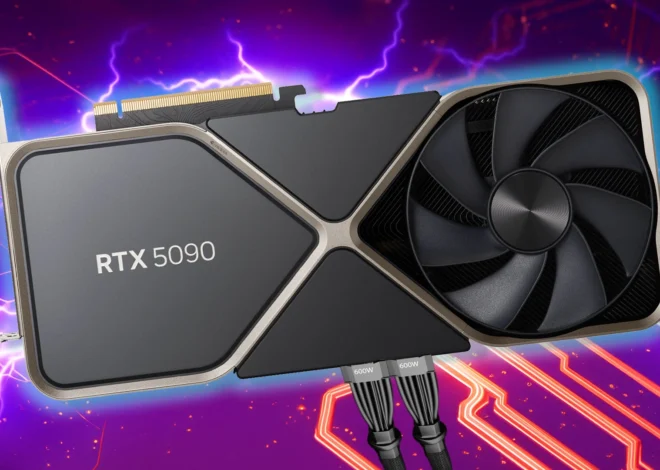
Do temps matter no more? Next-gen Intel desktop CPUs might run as hot as Meteor Lake laptop chips
Desktop CPUs can get pretty hot already, whether we’re talking AMD or Intel, which probably goes some way towards explaining the seemingly increasing prevalence of AIO cooling compared to air cooling. I’ve come to accept that CPUs are getting hotter, and so be it. So color me unphased by the recent rumour that next-gen Intel desktop CPUs might have max temps akin to Meteor Lake ones.
According to X user and hardware leaker Jaykihn, the TJMax for Arrow Lake (and Panther Lake) is going to be 105 °C. TJMax means Temperature Junction Max, and refers to the maximum temperature the CPU can reach before it starts thermal throttling for safety.
Current-gen Intel desktop CPUs, like the Intel Core i9 14900K, have a TJMax of 100 °C and can get pretty hot. Their temperatures are nothing compared to those of Meteor Lake (Core Ultra) laptop CPUs, though, as Jacob found out with a hands-on earlier this year (I’ve also had one such laptop on my legs and those air vents can be lethal). This is, to some extent, expected, because laptops don’t have the airflow space to work with that desktops do.
These laptop chips have a TJMax higher than the desktop ones, as they can safely reach up to 105 °C or 110 °C, with the high-end Core Ultra 9 185H falling in the latter bracket. If the rumour’s true, then, Arrow Lake might follow after Meteor Lake in the max temperature department.
Now, one may argue that max temps don’t necessarily correlate with actual feet-on-the-ground temperatures. A CPU could have a TJMax of 300 °C and run at 50 °C, sure enough. But the fact is, we’ve witnessed real-world temperature increases alongside TJMax increases. Think Meteor Lake, like I said. So, if this rumour’s true, there’s at least some reason to believe that Arrow Lake chips might run hotter than current-gen chips.
But even if they do, would it matter? Arrow Lake chips are not only going to use a brand new core layout, but they’ll also be built on a completely new process node (TSMC N3). In which case, perhaps all an increased TJMax means is that the new process and core layout allows for more heat without anything going awry… which is a good thing, right? Some AMD chips run pretty hot and work perfectly fine—just look at the Ryzen 7 7700X.
Hotter, but better. Let’s just hope the new processors don’t run into the crashing and chip failure problems that some top-end 13th and 14th Gen chips seem to be currently facing.



